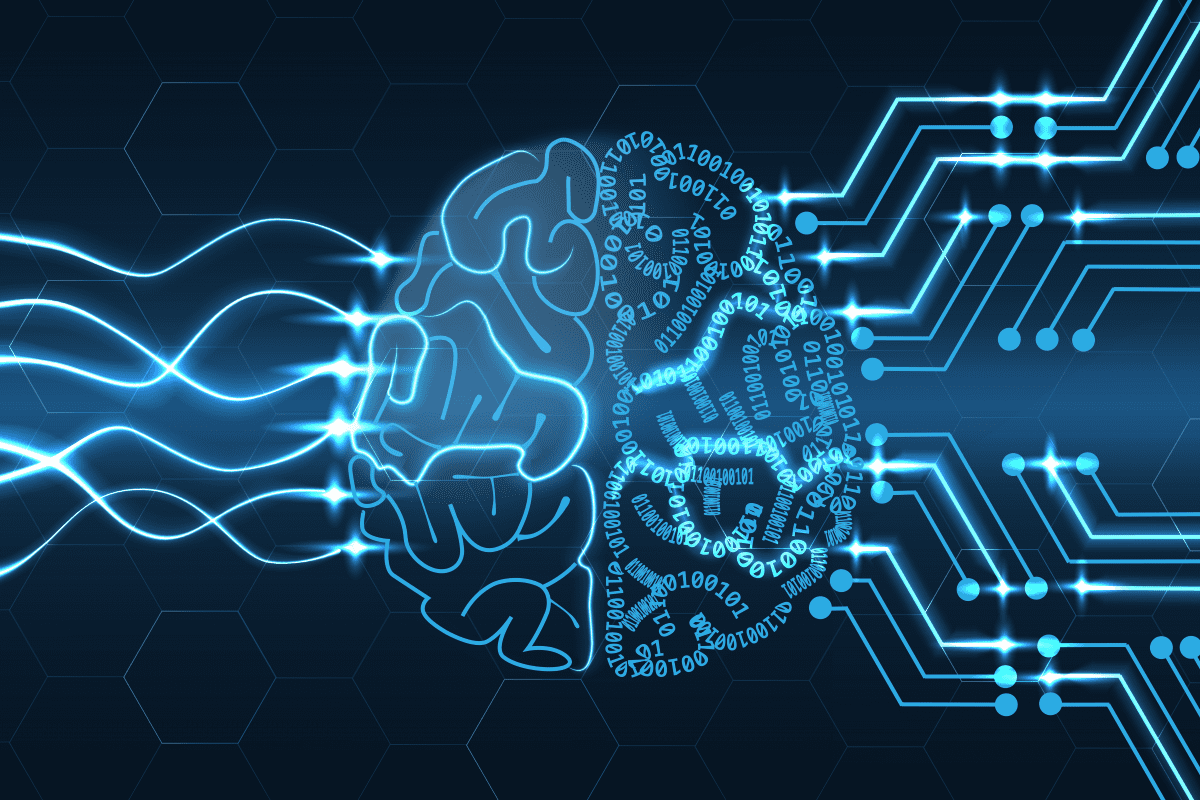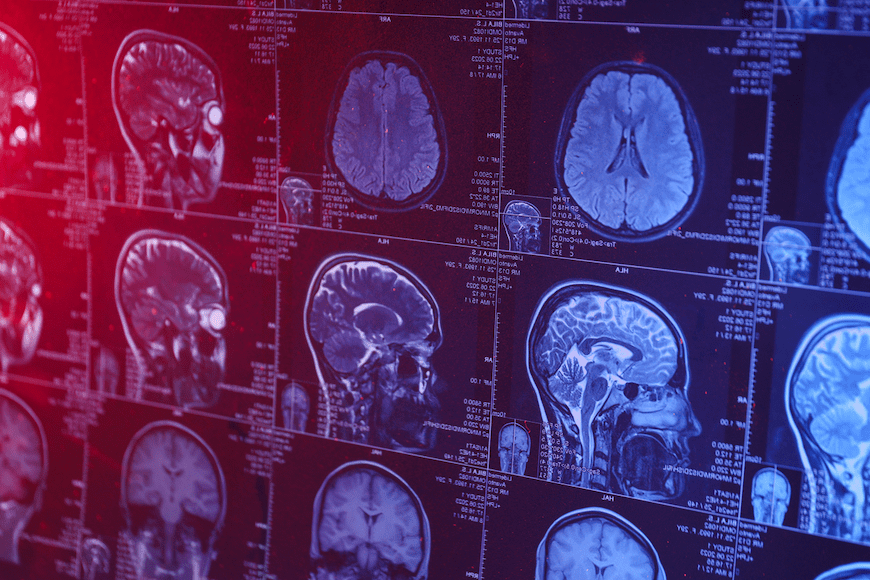The way different brain parts communicate links directly to thoughts and feelings and this connection can help predict the onset and progression of mental health issues. That is the conclusion of a fascinating new exploration into the wiring of children’s brains.
Inner Workings
In a Biological Psychiatry paper – which is still undergoing review and will be officially published in the next few weeks – NIH researchers analyzed sophisticated neuroimaging scans and behavioral assessments from a sample of 11,875 children between the ages of nine and ten at the start of the study. They sourced the data from the large-scale, long-term Adolescent Brain Cognitive Development (ABCD) study.
In simple terms, the study aimed to explore how different patterns of brain activity and connectivity in children might be related to their thinking abilities and mental health. Scientists wanted to see if these patterns could signal either a higher risk or greater resilience to future psychiatric disorders.
Adult Outcomes of Children With Reactive Attachment Disorder
Risk-Sensitive Decision-Making and Self-Harm in Youth Bipolar Disorder
Bullying Victimization Among Children
Connections Matter
One of the study’s key discoveries was a genetic basis of these brain connections, particularly evident in twin studies. A strong genetic factors appear to influence the interconnection of children’s brains. In fact, the study revealed that genetics shape about 74 percent of brain connectivity structures, significantly influencing the formation of these connections rather than directly inheriting specific structures.
Additionally, the study uncovered a significant association between the patterns of brain connectivity and the number and intensity of mental health conditions the children experienced. This correlation remained both during the study and over a two-year follow-up period.
Researchers predicted potential developments or changes in a child’s mental health by examining the brain’s “connectome”. This connectome serves as a wiring diagram, mapping out the interconnections between different brain regions. They could see how the connectome influenced both the cognitive abilities and mental health, which suggested that the strength and pattern of these connections are a crucial indicator of how a young brain functions and develops.
“Using a functional MRI dataset, we identified a brain connectivity variate that is positively correlated with cognitive functions and negatively correlated with psychopathological measures,” said Yihong Yang, senior author of the study, at the Neuroimaging Research Branch, National Institute on Drug Abuse at the NIH.
Yang added the findings are significant because they provide evidence for a transdiagnostic brain-based measure that underlies individual differences in developing psychiatric disorders in early adolescence. Robust and well-integrated connections enhance cognitive abilities like memory, attention, and problem-solving, thus supporting overall mental well-being. During these formative years, the brain’s interconnectedness not only contributes to developing cognitive skills but also plays a vital role in mental health. Disruptions or inefficiencies in this network might lead to, or exacerbate, psychological challenges.
Looking Ahead
Understanding this relationship opens new avenues for early intervention and treatment strategies. By focusing on enhancing and maintaining these neural connections, there may be potential to support cognitive growth and mitigate the onset of mental health issues. Essentially, nurturing the brain’s connectome in preadolescents could be key to fostering both mental and cognitive resilience.
“Finding biomarkers of mental illnesses, rather than relying on symptoms, may provide a more precise means of diagnosis, and thereby aligning psychiatric diagnosis with other medical diagnoses,” Yang said.




